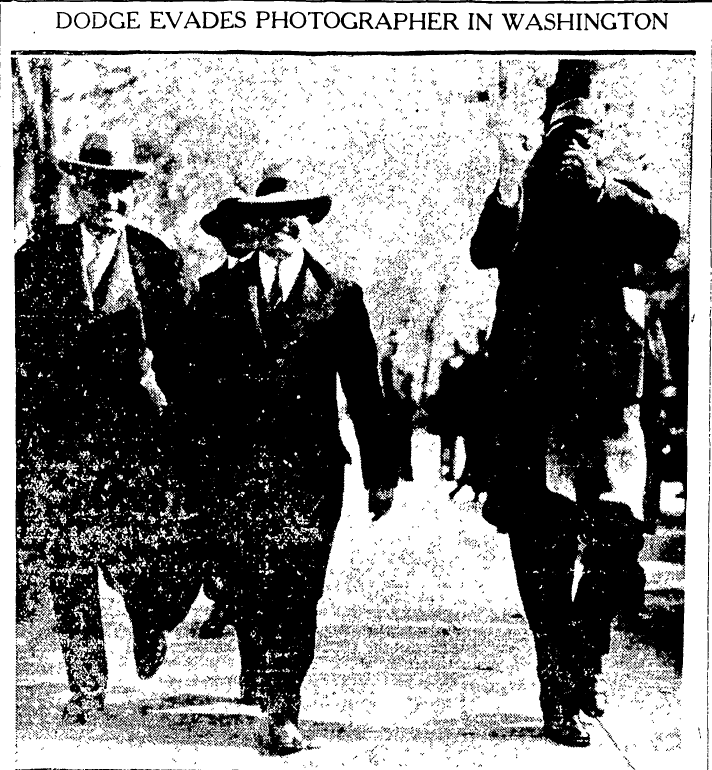On October 28, 1919, the Senate voted to override the veto of President Woodrow Wilson. The United States would become a dry nation after ratification of the law in January 1920.
The Volstead Act, enacted into law on October 28, 1919, defined the parameters of the Eighteenth Amendment. By passing the Volstead Act, Congress formally prohibited intoxicating beverages; regulated the sale, manufacture, or transport of liquor; but still ensured that alcohol could still be used for scientific, research, industrial, and religious practices.
Legal enforcement of Prohibition began on January 17, 1920.
Chicago Tribune Editors Have Fun with a Witty Headline
Why Did the US Go Dry?
Chaos reigned in the early twentieth century. In America, the tumultuous era included millions of immigrants streaming into the nation, and then a protracted war that seemed apocalyptic. The backlash against the disarray sent some forces searching for normality. Liquor was an easy target. Supporters of dry law turned the consumption of alcohol into an indicator of widespread moral rot.
Bob Batchelor, author of The Bourbon King: The Life and Crimes of George Remus, Prohibition’s Evil Genius (Diversion Books) is available for commentary and discussion of Prohibition and the Roaring Twenties. The Bourbon King is the epic tale of “Bootleg King” George Remus, who from his Gatsby-like mansion in Cincinnati, created the largest illegal liquor ring in American history. In today’s money, Remus built a bourbon empire of some $5 to $7 billion in just two and a half years.
October 28, 1919, Headline in the Chicago Tribune
Quotes:
George Remus: “My personal opinion had always been that the Volstead Act was an unreasonable, sumptuary law, and that it never could be enforced.”
George Remus: “I knew it [the Volstead Act] was as fragile as tissue paper.”
F. Scott Fitzgerald: “America was going on the grandest, gaudiest spree in history…The whole golden boom was in the air—its splendid generosities, its outrageous corruptions and the tortuous death struggle of the old America in prohibition.” From the essay “Early Success” (1937)
Bob Batchelor: “Prohibition turned ordinary citizens into criminals. Media attention turned some criminals into Jazz Age icons. At the top of the heap stood those few, like George Remus, who took advantage of the new illegal booze marketplace to gain untold power and riches.”
Bob Batchelor: “During Prohibition, ‘bathtub gin’ often contained substances that were undrinkable at best and deadly at worst. A band of rumrunners selling ‘Canadian’ whiskey were actually peddling toilet bowl cleaner. Tests on booze obtained in one raid revealed that the liquor contained a large volume of poison.”
Bob Batchelor: “Remus may have been singularly violent and dangerous, but his utter disregard for Prohibition put him in accord with how much of American society felt about the dry laws. Within the government, the lack of resolve for enforcing Prohibition started at the top with President Warren G. Harding and his corrupt administration.”
The Bourbon King
“Bob Batchelor’s The Bourbon King: The Life and Crimes of George Remus, Prohibition’s Evil Genius might as well be the outline of a Netflix or HBO series.”
– Washington Independent Review of Books
















